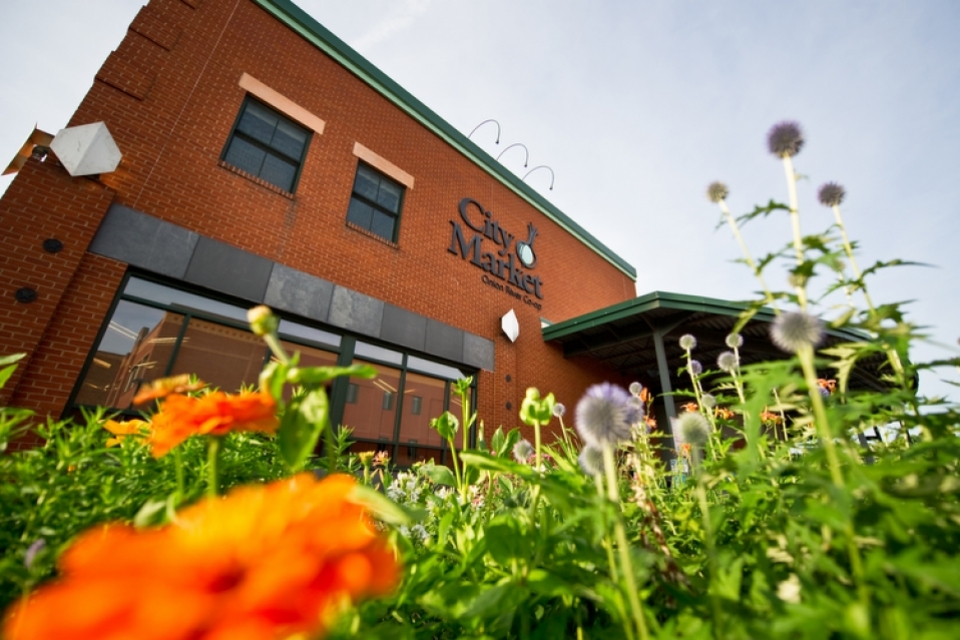Cooperative Enterprise Fueled by Community Participation
John Tashiro, General Manager
With the recent evening dips in temperature and emergence of harvest festivals, it seems autumn has finally arrived. Since moving to Burlington a few years ago, I am eager during this time of year, to witness the vibrant colors of the changing foliage and landscape, unfolding right before our very eyes!
October is particularly special as it is National Cooperative Month. Since the late 18th and early 19th centuries, cooperatives have celebrated the benefits of being Member owned and governed, rooted in principles such as community, voluntary and open membership, economic participation, and cooperation, ultimately serving the needs of the community. Currently, we have more than 29,000 cooperatives nationwide, ranging from food co-ops to farmer co-ops, worker co-ops to credit unions, housing co-ops to energy co-ops and many others. One out of every three people in this country is a member of a co-op, a sign that co-ops have grown to become much more common that we may think. In the United States, 1 in 3 people are Members of at least one co-op or credit union.
While this news is positive, we food co-ops recognize the significant challenge and future opportunities ahead, considering our still small, but quickly growing $2 billion share of the $700 billion food and beverage retail industry. Food co-ops have made great strides working in alignment with one another and leveraging our collective purchasing power to rival conventional grocery chains, as well as paving the way for better business practices.
Synonymous for supporting local farmers, food producers and sustainable practices, food co-ops remain focused on strengthening their local food systems which ultimately benefit their local communities. Conventional grocery stores have been quick to copy and replicate some of this work, but are nowhere near the level of local farm support offered through shopping at your local food co-op. The next time you visit a conventional grocery store and see references to local, notice how they define local and pay attention to which areas of the store don’t offer local options. City Market defines local as coming from Vermont – whether it’s baked, grown, farmed or otherwise created (like granola) in our great state. We also note when items are from our neighbors to the north (like Quebec) or come from close to Vermont, but we don’t tag these items as “local”.
Vermont is lucky to be home to almost 20 food co-ops as well as a variety of other cooperative enterprises (you’re probably familiar with Cabot and Organic Valley?). Right in Burlington, our cooperative community is growing with an abundance of mission driven entrepreneurs who bring business savvy, creativity and sheer determination. These co-ops are supported by an unbelievably local and community-minded (and passionate!) people just like you!
City Market just joined the Full Barrel Co-op which is working toward creating their own brewery and community space in Burlington. Full Barrel is working to secure funding, and at the same time has learned so much about how to do so that they’re educating local credit unions (also co-ops) about what’s allowable under Vermont laws. We’re also donating lunch to support the “Home Sweet Housing Co-op” event on Saturday, October 3. Organized by the Champlain Housing Trust and CVOEO, this workshop will bring together co-op housing leaders from Vermont and Montreal to explain this popular and perhaps not well enough understood model. These examples, and many others like them across the country, are what gives us the hope, optimism and belief that the cooperative community will continue to thrive and one day, become the norm.
As always, thank you all for your ongoing support, as we continue to make every effort to listen and serve you, our Members and the community, in the best way we can. Go Co-op!
